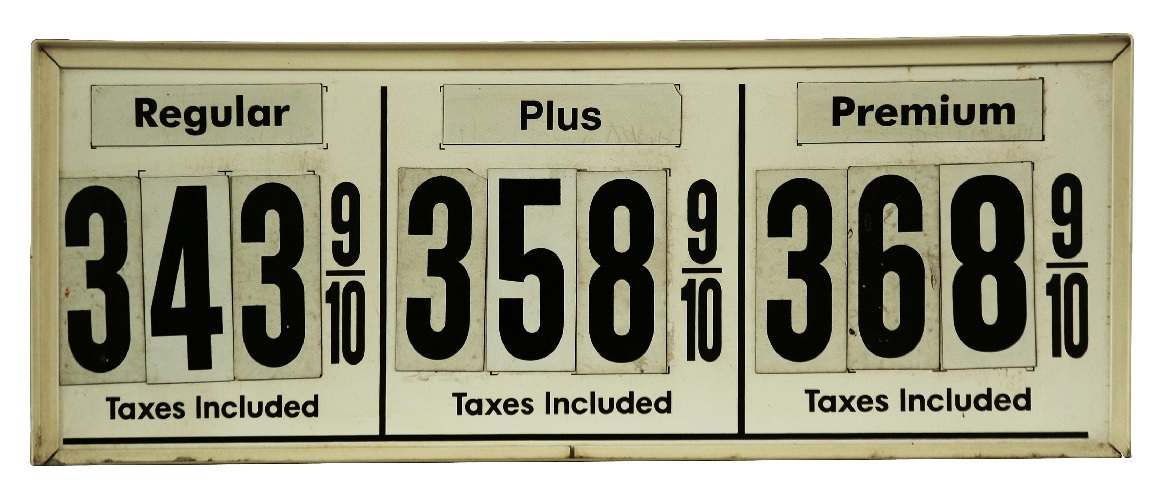With the end of supply chain bottlenecks and inflation increases nowhere in sight, most businesses see price increases as an inevitable outcome. And before taking action, it is an important topic to discuss and dissect. In part 1 of this series, ECS Partner Ajay Joshi covered the building blocks to developing a pricing strategy. Now he will cover what is possibly the harder part: putting them into practice.
Increasing prices can be a frightful proposition for companies who have not done so recently – what if customers drop their current supplier and move to the competition? This is especially worrisome for firms that made it through the pandemic in one piece and are finally getting some breathing room.
If there is a silver lining in today’s scenario, it is that your customers, suppliers, and competitors are likely in the same situation. Everyone’s in this together.
But there are clearly right and wrong ways to implement price increases. You might have heard the recent news stories about “shrinkflation” in consumer packaged goods – where smaller portions are sold for the same price as when the portions were larger. This avoids overtly stated price increases and tricks gullible shoppers. Such methods are not only morally questionable, they are not practical for industries where customers demand transparency.
So how do you effectively manage your bottom line and yet not lose your top customers?
Below is a list of best practices that we find works best across all the industries we touch:
1. Develop a tailored customer communication strategy.
I state this first on the list as it is the most likely to be missed. It requires a thoughtful approach, putting yourself in the shoes of your customers. I recommend completing some level of ABC customer segmentation to tailor your messaging. This categorization could be based on revenue potential, frequency of purchase, profit margins, support costs among others. Once complete, here’s how you approach your A, B, and C customers:
- “A” customers: It is critical you reach out to your A customers directly and proactively. I recommend high personal touch for them; this can include personal notes from your senior leadership alerting them of the increase. These communications should provide an adequate notice period, details on the rationale for the increase, and most importantly stress the value of your long-term partnership. Depending on the scale of the increase, you might offer them legacy discounts, or spread the increase in timed steps.
- “B” customers: Your B customers might become As in the future, and you want to keep them close. Your sales team (key account managers) should reach out to them directly. They will need enough notice to manage and adjust their own costs and pricing if necessary. Also, explain the reason for the change in clear terms so they can communicate the change internally.
- “C” customer: Your strategy might be different with C customers, where a standard price increase notice might suffice, given that competitors are doing the same.
 2. Offer bundled solutions to mitigate the immediate impact.
2. Offer bundled solutions to mitigate the immediate impact.
This works especially well when you have complementary offerings with higher profit margins. The specifics around implementation will vary depending on your industry, but in concept you offer the complementary product or service at a lower margin bundled with the offering with the increased price. Here are a few examples from our clients:
- An automotive parts manufacturer increased the cost of machined components by 9%, but reduced their minimum order volume requirements which was previously a point of contention.
- An HVAC outfit increased the cost of installations (due to labor cost increase) and then offered discounted spare parts, which had significantly higher margins.
- A SAAS company offered a discounted service contract for legacy customers, coupled with the product’s renewal price increase.
3. Ensure your sales team is on board.
We find companies that involve their sales team in the planning phase for price increases tend to be more successful. The better you explain the rationale to your team, the less friction you will face. Let’s face it, price increases can be a challenge for commissioned salespeople who see it as a barrier to meeting quotas.
We recommend setting an internal communications plan, with the following:
- Agree on consistent scripts to communicate to clients. This should include direction on how to address expected objections, a re-iteration of your value proposition, and FAQs about the change.
- Set clear boundaries on negotiating price. Clarify that the increases are mandatory and will require director level (or above) approval to change.
- Make sure you take ownership of the increases as a company. The last thing you want is for your salespeople to blame management for the increases, as this can damage your relationships and hurt your brand perception. Be very clear about this expectation with your sales team managers.
4. Don’t forget to communicate overall value through your brand.
Even with the increase, your product is well worth it. Remind your customers of this, as it can be an important point of differentiation between you and your competitors.
- The reliability of supply is now valued much more than it ever was. Leverage your history as a supplier who was always there, even through difficult times.
- Your competitive value extends well beyond your product. Consider highlighting other aspects of your offering – favorable payment terms, inventory holding, excellent customer service, new technology pipeline – all make you a better partner for your customers.
- Leverage your brand equity. Double down on your marketing outreach, and consider sourcing talent externally if you don’t have the capability.
5. Allow for flexibility. A mistake often made is to go with a “one-size-fits-all” approach for price increases. However, this rarely works well. Do your research and follow the steps listed above before implementing any increase. But even in the best of cases, some pushback is to be expected. It might cause delayed increases for some customers to protect your relationships.
And remember the value of market analytics cannot be understated – differences across industries, markets, and geographies that should be considered when designing and implementing increases. At the same time, be sure to work on improving your own cost structures in your supply chain. This article includes good ideas on where to start.
While price increases are inevitable across industries, be sure to use best practices to improve outcomes for your business. Careful planning, clear messaging, effective customer communication, and internal collaboration with the sales team will all help you implement the change smoothly.
And if you need support, an experienced consulting team – like ECS – can assist you with designing and implementing increases. If there is one lesson we have learned in this economy, you cannot afford to delay making important pricing decisions today.
Pricing is a topic many of the ECS team members love to discuss. Our team is available to help and can discuss your pricing opportunities and challenges, and answer any questions you have. Reach out to Ajay Joshi – email him at ajoshi@thinkempirical.com, and connect with him on LinkedIn here.



